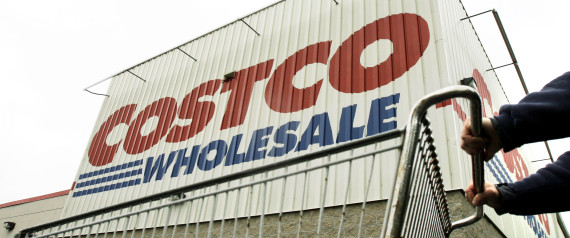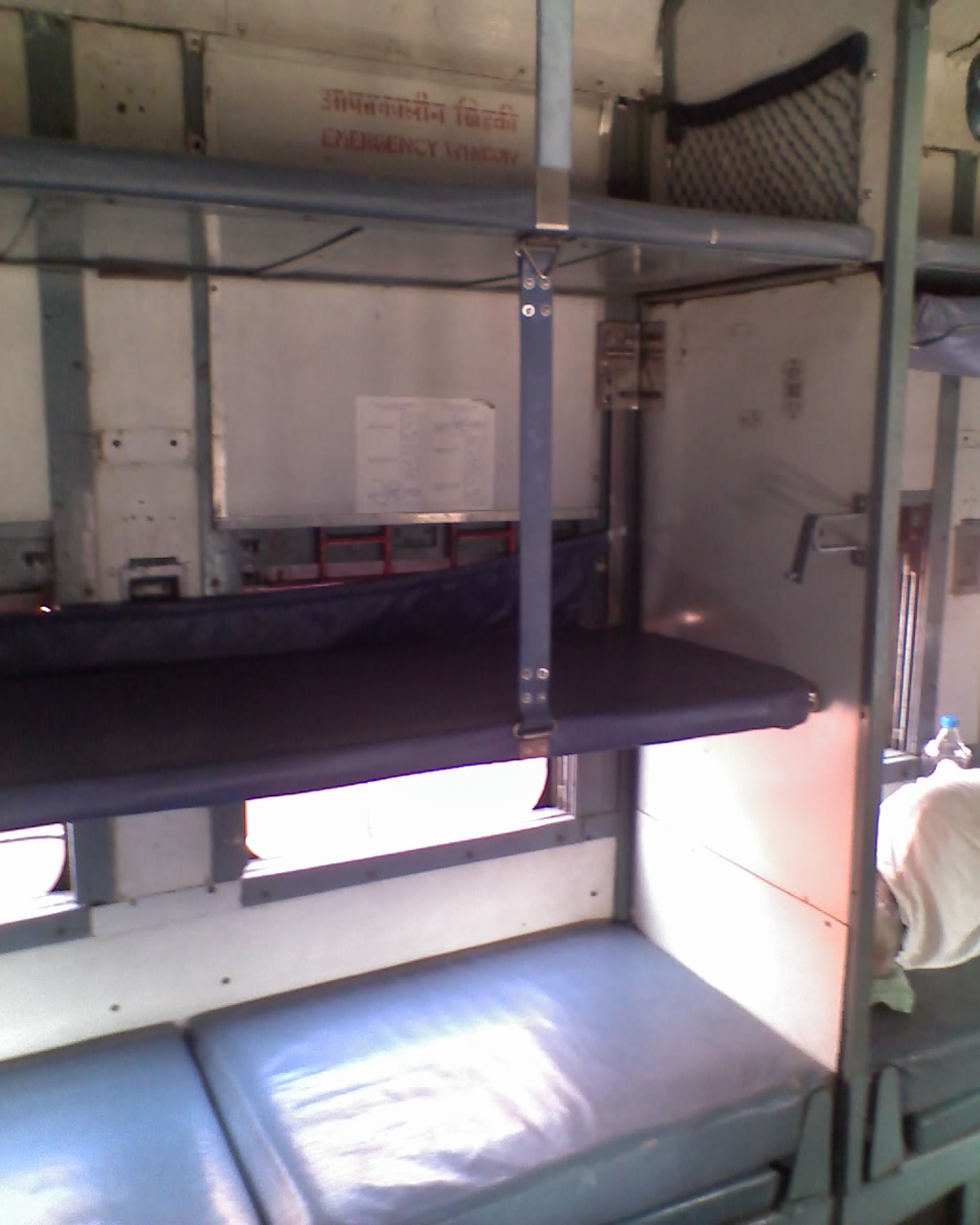It has been an interesting week of car conversations. The topic emerged as I needed to replace my own car when its predecessor started being my teen’s mode of transport. Coincidentally, the topic has also remained front and center due to a variety of car related conversations. How can a tool evoke such myriad emotions?
My personal relationship with an automobile is purely practical – a safe and reliable way to get from point A to point B. A bluetooth adapter and accessible controls always win above the horsepower or look/feel. A faux wood trim seems as pointless as the skeuomorphic designs of bookshelves on computer tablets. The time and money on rims and trim, underbody lights etc have never appealed to me but I marvel at those who keep a love for it and support an economy here and abroad to support that hobby.
Converstion 1 – with my own family as I was looking to replace my four-year old Camry. I researched and test drove a few cars, including the Mini cooper. The small MC seemed to depart from my usual car, efficient in its recent rendition, safe per those to test that stuff, and fits four. I see it on the road in cutesy renditions and thought why not give it a shot. The test drive took me back to the cars of 70s and 80s – the closest memory that of the Ambassador cars in India. Loud, uncomfortable, rough and downright blah. 2 miles of test drive and it was back at the dealer. We would go back to the brand that had been comfortable and get the smaller vehicle to fit what I needed.
I heard of similar practicality from another friend who buys vehicles for his farm and doesn’t mind a $80K Range Rover through muddy stream and gravel lots – a truck built for that environment and not for the pristine suburbia where its brethren are washed weekly to display the badges of honor. A truck that is at serious odds with the Ford, Dodge and Chevy variations on the adjoining farms.
Conversation 2 – with friends who are techies and love the computers that now drive the cars. I was surprised to be a part of a conversation that spoke of a desire to buy the one badass, loud, rumbling engine one LAST time before the battery operated automatons take over and not a Tesla! Nerds, cool nerds, eschewing tech for the rumble. This is a group that wouldn’t just buy a Tesla to show off its prettiness and eco-cred, but want to hack it with modifications. One who’d buy every gadget to monitor aspects of the car and share it on custom built websites and report the car’s behavior to bespoke home automation systems.
Conversation 3 – with friends whose cars and trucks are additional tokens of prestige. Where a Lexus, Mercedes or BMW SUV is purchased to show that you are at par with your neighbors. The position in suburbia where a desire for conformity drives the home purchase, the career choice, the car, and even travel. A conformity born as part of the American dream. Conversation where the questioner wondered why I would buy a 30K Prius if I could easily afford a loan on a 80K asset?
The disconnect was clear — a car is a position in society – a Lexus no different than my Camry. I was buying for the green cred not to show off the amount of green I could spend. I was still buying my car to be at a place in society.
Cars in my world are not assets. They are a tool to move me (and fellow passengers) from one place to another. Unless I start using my car on the Uber network to transport passengers for money – the car never generates income for me (the definition of an asset – one that creates money). At best, my car protects my ability to earn. It depreciates the moment I drive off the lot and continues to do so for its entire life.
As Americans, our infatuation with the automobile is a century old. This infatuation has traversed the oceans and is now shared in places where guts (England – power!), glory (China – prestige), and practicality (Europe – smaller cars for smaller streets and commutes) drive purchases. I wonder, though, what the current generation of teens will do with this infatuation – will they perpetuate it in their own way or, like other skins of their predecessors, car ownership will fall the way of home ownership, nuclear family, suburbia, and corporate employment.
I will continue to ponder as I watch a friend rebuild a 60s Porsche from frame-up, watch a fellow electronics geek drive a low-riding powerhouse, and watch previous car owners ride a bicycle on a 20-mile commute each way in Iowa (until the weather wins).
Category: Family
When taking care of employees matters
I saw the newsflashes this afternoon about how Costco had just had a stellar November and beat analyst expectations. This despite their decision to stay closed on Thanksgiving day and bucking the trend established by their competition. Bravo, Costco; I’m glad to be a shareholder and a part of your ‘extended’ family.

Costco came to the Des Moines metro about ten years ago, opening its warehouse in the newest commercial district around the Jordan Creek mall. My dad, a retired worker keeping himself busy working at a local grocer decided to give employment there a try. I remember his interview process well, and he was hired as temporary staff over the holidays. Each time we spoke that winter, I heard things from him about this employer that were different than any other in his prior life. He had spent a majority of his life working at the US Embassy in New Delhi, India and had risen from a low wage job to a fairly critical position. Once retired, he came to Iowa and has lived and worked here ever since. Despite his experiences working for the embassy, the benefits, the management style, and the work ethic expected and developed seemed remarkable.
I had just read Jim Collins’ book, Good to Great, (G2G) and kept hearing things about Costco from my dad that sounded eerily like those of “great” companies in Collins’ research. So, like I had invested in most of the G2G companies, I bought Costco stock over the next several months. All in all, I dollar cost averaged my purchases over a six month period. My cost basis for these purchases amounts to about $46 a share.
As dad’s employment continued and age happened, I continued to marvel at how the company worked with him – accommodating his age, restrictions, style, idiosyncrasies and all. I had to assume this was the norm – and saw this in employees’ faces at each shopping trip. I held onto the stock.
Costco sells higher-end merchandise than the normal grocer or home improvement store. I like to refer to Costco as the ‘bulk Target’. Sort of like Sams Club being the bulk Walmart. I’ve enjoyed their Kirkland branded beer, milk, vodka, breads, coffee and much more. A weekly trip is norm for me, and the adage that Costco has a ‘minimum $100 spend’ holds true for me – not because they force it, but because I can usually fill most of my grocery items there. At a great price. With traffic increasing per their annual reports, I held onto the stock.
It was encouraging to see that Costco retained its policy of putting employees first this Thanksgiving. When the doorbusters and Thursday sales were driving America’s craziness, not only did Costco remain closed, it didn’t seem to put notices up about being closed. There were no apologies masked as notices from Costco. It was closed so employees could stay with their families.
I am glad they did… sales up. Customers up. Volume up. Stock up.

A teaching moment on violence against women
For my friends with whom I’ve sparred over the Violence Against Women’s act, a little bit of background that drives my passionate response might help —-
I was brought up in a loving, strict, religious, traditional Hindu family. Dad worked long hours to make sure the best available education was available to both my sister and me. He was (and is) fairly strict in his beliefs and does not shy from scolding us for our transgressions despite our 40+ years of age. When I was 10ish, we went on vacation from Delhi to southern India. We were to ride the train south, and on the way back, my dad, an employee of the US Embassy, would pickup one of the incoming cars from Bombay consulate and drive us back to Delhi. Dad’s uniform included US Army style boots and a belt with the massive buckle with a bald eagle and he preferred those two over everyday wear.
 The second class seat cars on Indian trains then had three berths facing each other with the middle berth folded down during the day. People sat on the lower berth with luggage and overflow seating on the top. My mom, sister and I on the lower berth in the train, and dad up top. A few other passengers were mulling about, seated where they could or standing. The train began to move and a gruff looking guy walked up toward us and, with a verbal assault, harshly pushed my sister (then 7ish) aside to try and sit. Before he could grab the spot, however, I saw the inch or two high heel of dad’s shoe swing from above me and hit the guy squarely in his chest. As the guy tried to recapture his breath, dad jumped down and grabbed him by the collar, dragging him away in anger.
The second class seat cars on Indian trains then had three berths facing each other with the middle berth folded down during the day. People sat on the lower berth with luggage and overflow seating on the top. My mom, sister and I on the lower berth in the train, and dad up top. A few other passengers were mulling about, seated where they could or standing. The train began to move and a gruff looking guy walked up toward us and, with a verbal assault, harshly pushed my sister (then 7ish) aside to try and sit. Before he could grab the spot, however, I saw the inch or two high heel of dad’s shoe swing from above me and hit the guy squarely in his chest. As the guy tried to recapture his breath, dad jumped down and grabbed him by the collar, dragging him away in anger.
For those who know my dad, know that his life exists through the life of his daughters and granddaughters. His normal gentle demeanor is a cover, one I saw disappear that day when he dragged the guy to the door of the moving train, opened the door and said – “Madarchod, remember this day when you think about lifting your hand on a female“, and threw him out of the moving train. He had no fear, no remorse, and certainly no ego as he walked back to the seat, hugged his daughter and sat back down.
A Tale of two Johnstons
The citizens of Johnston came out in a democratic voice yesterday and denied the school board the ability to raise $51MM in debt via municipal bonds to build a new high school. Participation in this process showed me two views of my community that I’d like to share here, but first a brief intro to the project.
The Johnston public school district is growing and is projected increase by 1100 over the next 8 years.  After the past decade of improvements to elementary and middle schools, the district turned its attention to the aging high school, built in the 70s (when population was growing from 270 toward 2500 per the 70s and 80s census’), already overcrowded and aching for support. After much consternation, the district presented a proposal to the community via public townhalls, participatory meetings and volumes of data. This proposal, though not perfect, was a result of community interaction and changes were still possible if this vote had been approved.
After the past decade of improvements to elementary and middle schools, the district turned its attention to the aging high school, built in the 70s (when population was growing from 270 toward 2500 per the 70s and 80s census’), already overcrowded and aching for support. After much consternation, the district presented a proposal to the community via public townhalls, participatory meetings and volumes of data. This proposal, though not perfect, was a result of community interaction and changes were still possible if this vote had been approved.
The tombstone of the proposal is still available. I was glad to attend two of the four public meetings and had my questions about the finances answered and voted yes on the proposal on 9/11/12. Apparently a majority of Johnston residents who voted agreed this was important, but the votes weren’t sufficient for passage (the proposal received 55% support vs the 60% needed).
The Johnston that is engaged and one that isn’t….
I was able to attend two of of the four public sessions on this issue. Scanning the Johnston middle school auditorium both times, I saw about 100 people in the room comprising district employees, Principals, teachers and parents. I saw the city Mayor, press and commercial partners. In those two meetings, about 400 (eyeballed, not scientific count) of the city’s 17,550+ residents heard the case for (or against) the new project, the school and its cost in these four meetings. Even if twice that number saw the detailed materials for the school on the district website, that represents less than 10% of our city engaged in a fairly important local issue. Not very representative of a democratic society.
The east vs. the west side of Johnston
I was glad to hear comments from residents of the old Johnston – the one from 70s and 80s when the city was still <2500 people. That Johnston is no more. It will never be that Johnston again. The complaints from the historic neighborhoods of Johnston that the new sections are causing this need for growth were interesting, but irrelevant. Of course the new neighborhoods cause growth when new people move in. The new neighborhoods are high valued properties paying their fair share in higher property taxes. The formula for taxes is linear — 99 cents per $1000 in valuation.
The affected vs. the unaffected Johnston
WHO Radio asked me if I’d support the bond issue if my kids weren’t currently enrolled. Of course I would — we grow as a community of residents, workers and corporations when we see an investment in the future. The small and large corporate citizens of Johnston don’t exist here because this land is cheap – they exist partly because there is (was?) a higher focus on education in our community. They see their future workforce learning in our K12 schools. Their employees reside in our neighborhoods. Though I wasn’t a product of Johnston’s school system (growing up in India makes it hard to ride the school bus across 12 time zones), I understand that we as a community invest in the WHOLE community. If we expect to pay for every service received AT the time of receiving it, we need to plan for and begin a transition to a fully privatized school system or get educated in the art and science of homeschooling.
But we also believe in something called citizenship – a word at the very heart of our founding, at the very essence of our democracy; the idea that this country only works when we accept certain obligations to one another, and to future generations.”–President Barack Obama, September 2012
Participatory vs. Spectator Johnston
About 4800 people voted on Sept 11. 2012 in this election out of the 17,550+ residents of whom about 12,000 are of voting age (data from US Census). About a quarter of the city’s population participated in setting a direction for the city’s non-voting population. That non-voting populace is 100% our future that will now receive their education in:


- mobile classrooms
- crowded hallways
- aging classrooms constructed in the 1970s
- aging stadium
Or, perhaps some of the families will begin contemplating a move to Ankeny, Waukee, SE Polk and other school districts where the citizens have approved an investment in education.
***
Des Moines Register Coverage